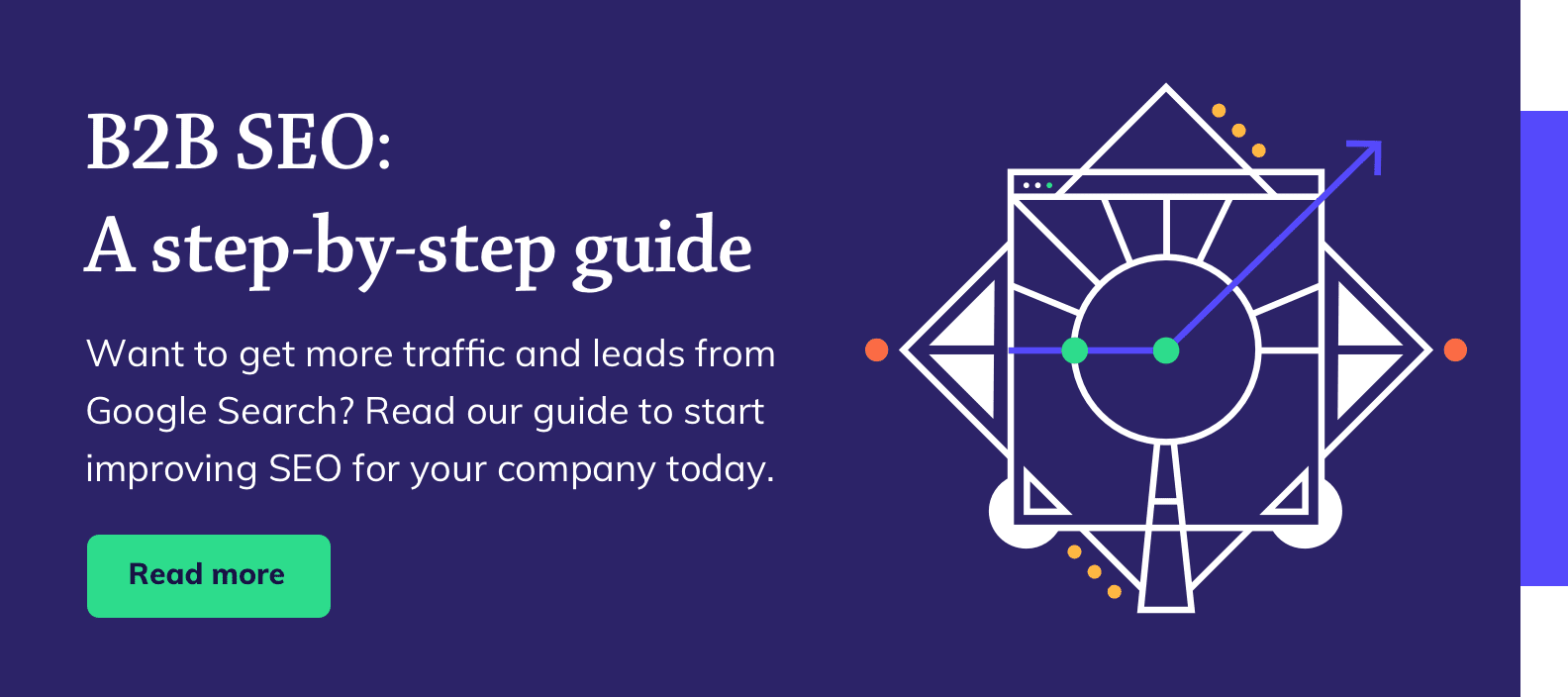Your direct traffic has spiked because of remote working. COVID-19 is changing the way we see analytics, as well as the rest of the world. Let’s get into it.
Whether you’re tackling back spasms from unruly dining room chairs or trying to figure out how to build a parasol for your laptop so you can sunbathe, working from home creates challenges for us all. But marketers all over are seeing something unique happen to their analytics…
We’ve seen it on our website, our clients are seeing it on theirs, too – direct traffic has never been higher. But the bad news is that it isn’t a whole load of new potential customers. The calls are coming from inside the house.
But to explain why, we need to talk about direct traffic and IP addresses.
What’s direct traffic?
Whether you’re looking at HubSpot reports or Google Analytics, Direct Traffic is one of the channels that’s commonly tracked. Traffic is considered "direct" when there is no data on how the session arrived at your website, or when you've configured the referring source to be ignored.
This scenario can play out in a variety of ways. Moving from secure HTTPS to unsecure HTTP pages, for example, will show as a direct session. You could also have broken tracking codes or be using meta refreshes or JavaScript-based redirects rather than 301s.
But most commonly, direct traffic sessions are caused when a user types your URL into their browser’s address bar or clicks on a browser bookmark. Sessions like that appear as direct traffic, because essentially, it’s the first thing they’ve done.
This is most likely why your direct traffic is spiking.
Either you, or people you work with, are visiting your site from home using the URL or a bookmark. This is throwing out your metrics by creating a direct traffic session.
Why is this happening now?
Common practice for setting up website analytics is to filter certain IP addresses. By blocking bots, dodgy domains, you get a clearer view of your site traffic. The whole point of reporting is to have as realistic a picture of your customer activity as possible.
Think of it as tracking footfall in a shop – a person walks in the door and triggers a sensor. At the end of the day, you can see how many people visited.
The internet is a bit more Wild West than that – bots and hackers roam the digital prairies, so blocking their traffic means you only see your online customer footfall.
Your fellow employees are not your customers either. That’s why almost all businesses block their own IP addresses. If you have one office, you only have to block one IP, but if you have multiple locations, you’ll usually want to block those too.
But now you and your colleagues are working from home (thanks, coronavirus!). Each property has its own IP address that you haven’t blocked, so every time someone in your team hops onto your site to do some work, it triggers a direct traffic session.
How to stop direct traffic sessions from your co-workers
The obvious option is to block all the home IPs of your workforce. And every coffee shop they visit. Every pub. Oh, and their mobiles too, just to be sure.
It's beyond a hassle.
In fact, it's basically impossible. Big ISPs issue dynamic IP addresses that change frequently. To ignore one user, you have to ignore a how subnet range, which potentially also includes lots of customers.
The better option for stopping direct traffic sessions? Deploy a VPN (virtual private network). This effectively ring-fences your staff traffic and gives them a single IP for you to block.
You can get some latency issues with VPNs, but they are a safer, more secure way to manage your remote working activity and fix those marketing metrics.
How to block IP addresses in HubSpot
- Find your IP address:
- Go to to whatismyip.com or IP4me. Your IP address will display at the top of the screen.
- Ask your IT department.
- Call your internet provider and ask them what your IP address is.
- In your HubSpot account, click the settings icon in the main nav.
- In the left sidebar menu, navigate to Reports > Tracking Code.
- Click the Advanced Tracking tab.
- In the IP Addresses to Exclude text box, enter IP addresses or IP ranges to exclude.
- IPv4 & IPv6 are valid to use
- In the bottom left, click Save.
Will setting up a VPN solve all your problems with direct traffic? No. There are a lot of factors at play when it comes to direct traffic and let’s face it, sometimes people will forget to connect via the VPN from time to time. But this solution should fix your spikes.
One remote working challenge down. Now, about that laptop parasol…





